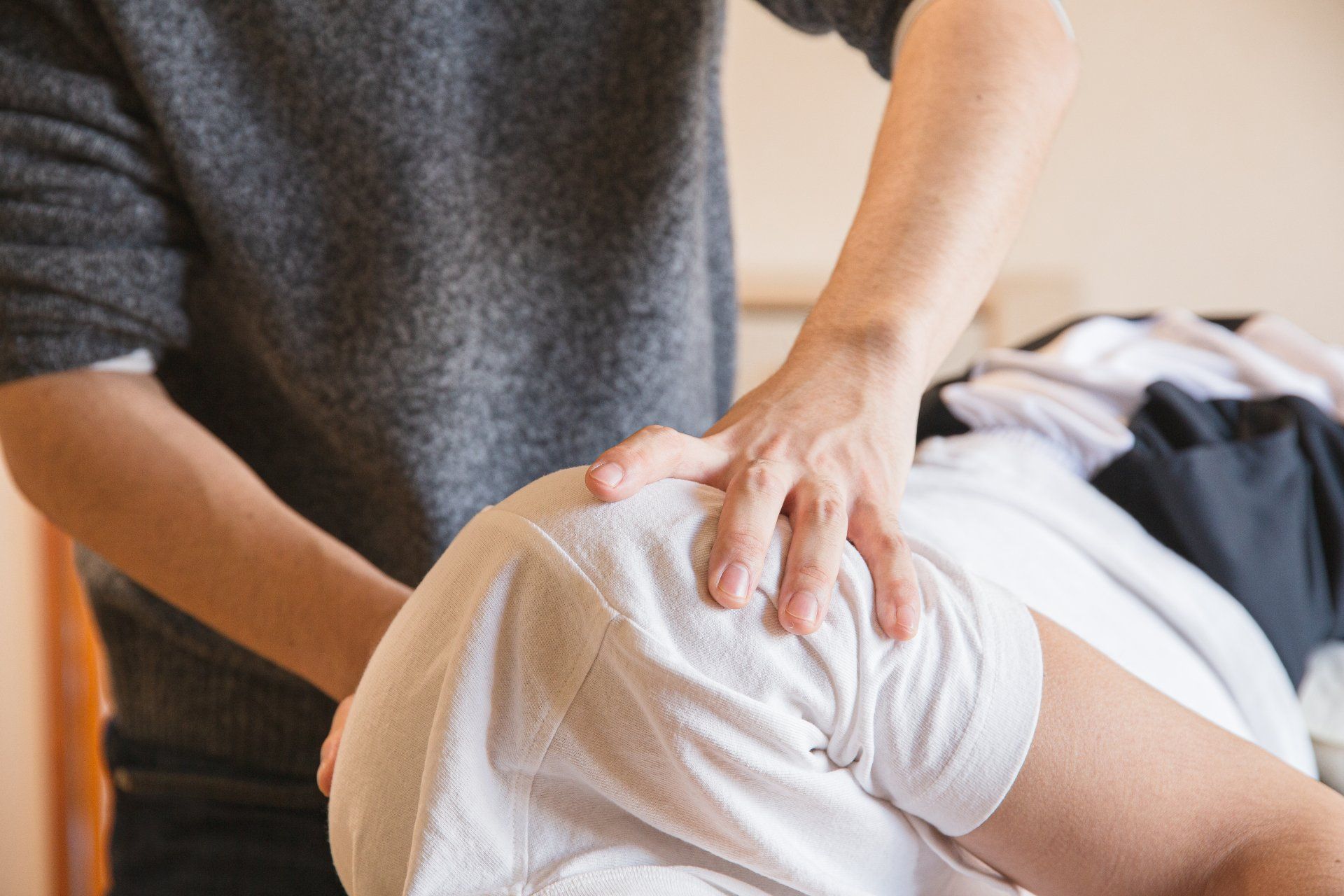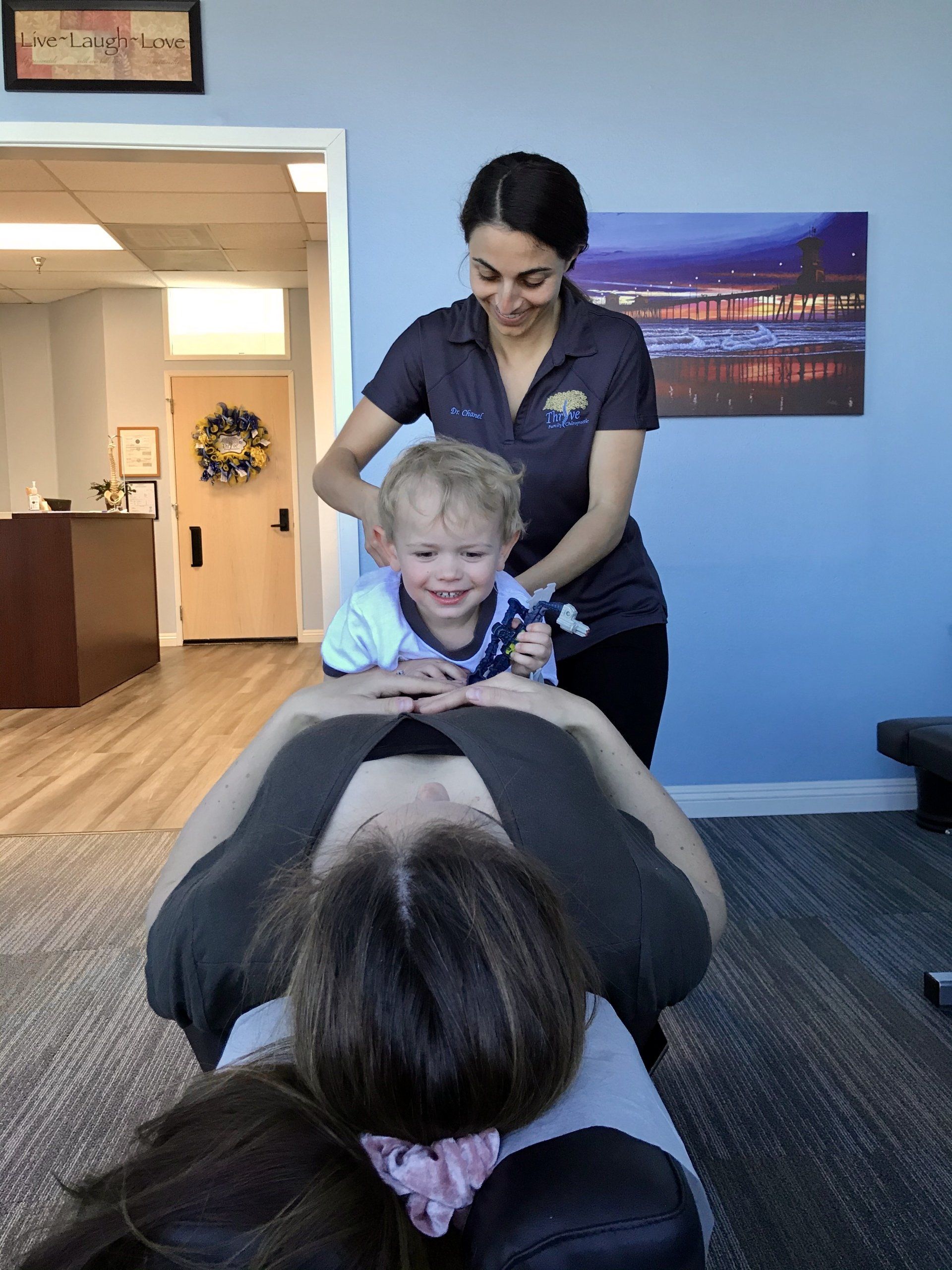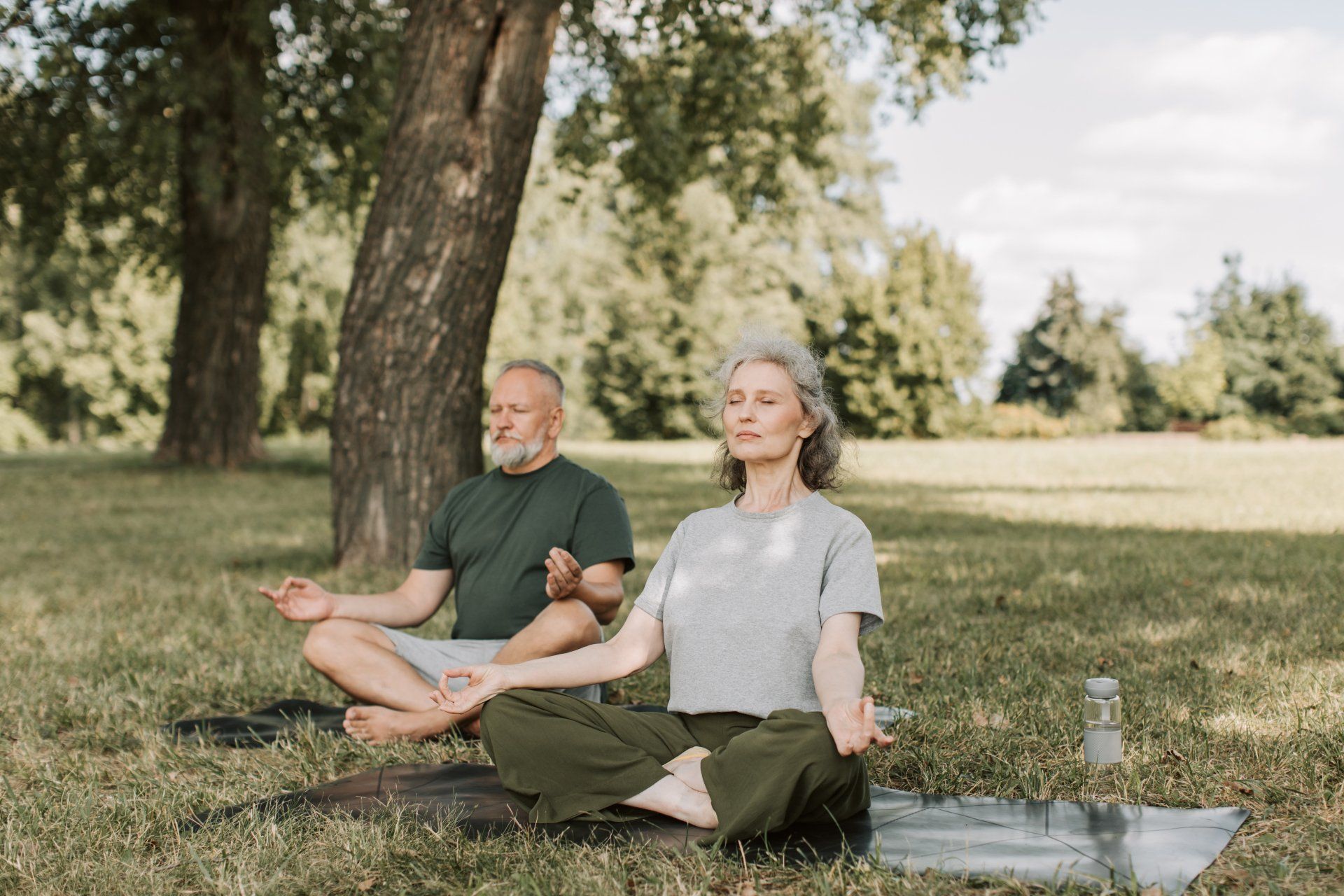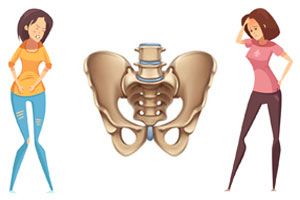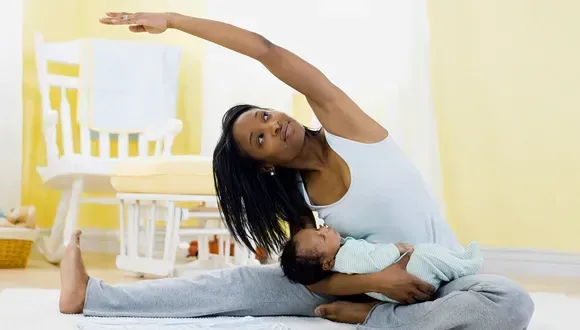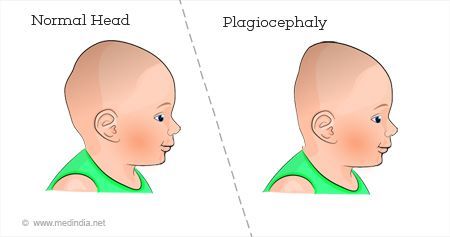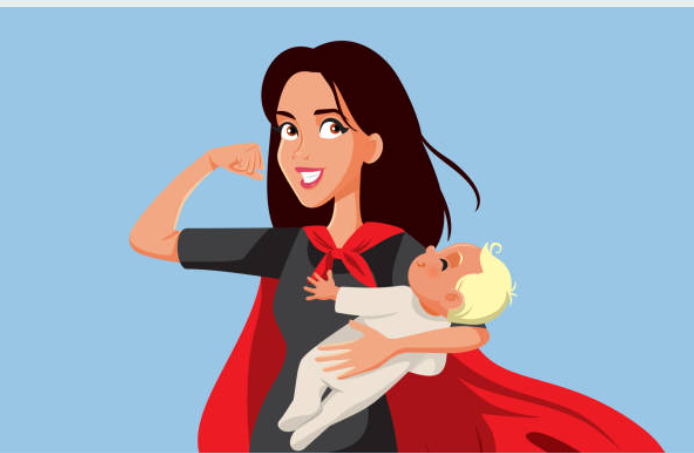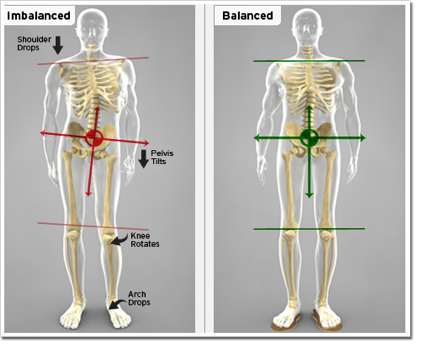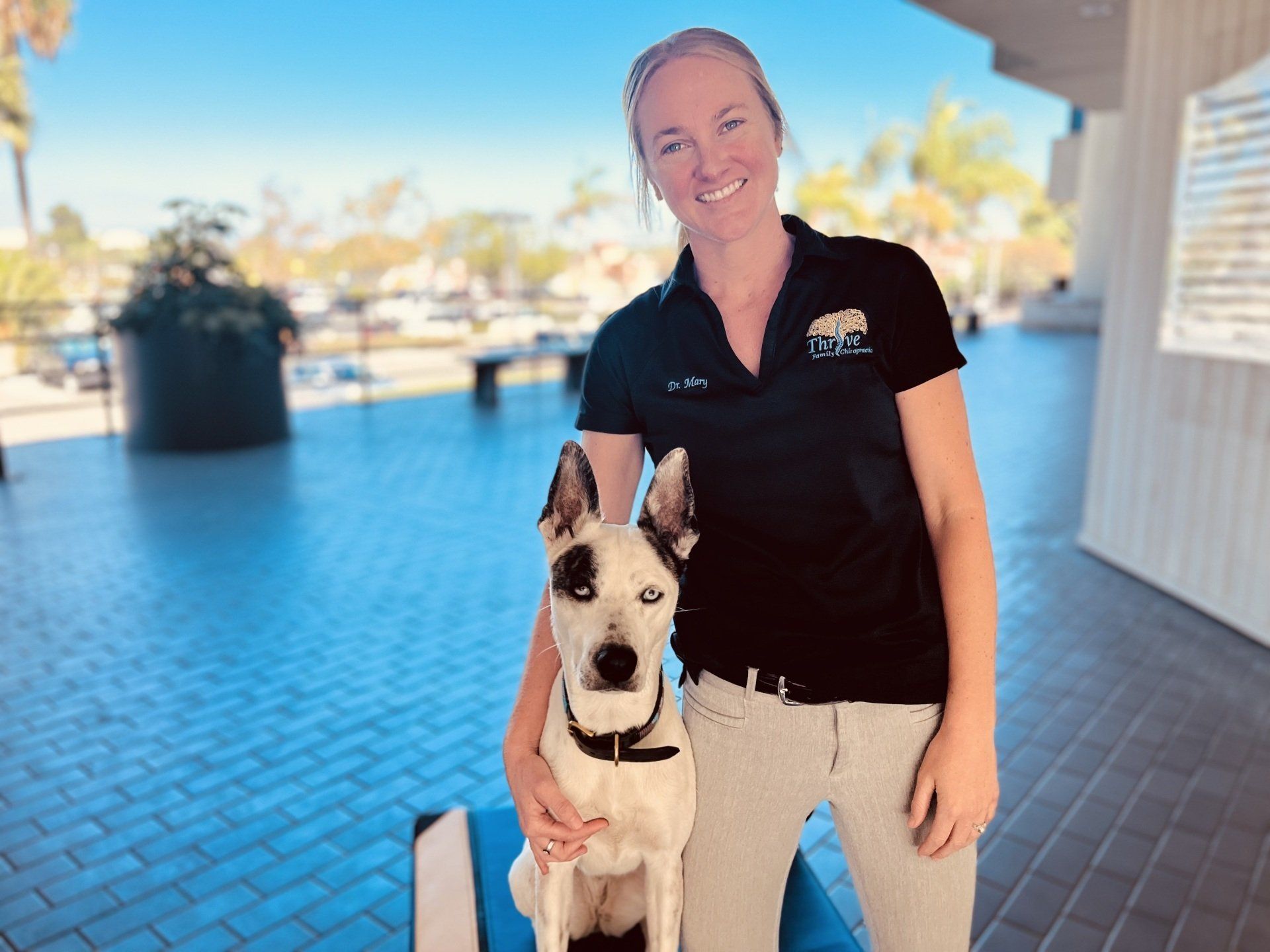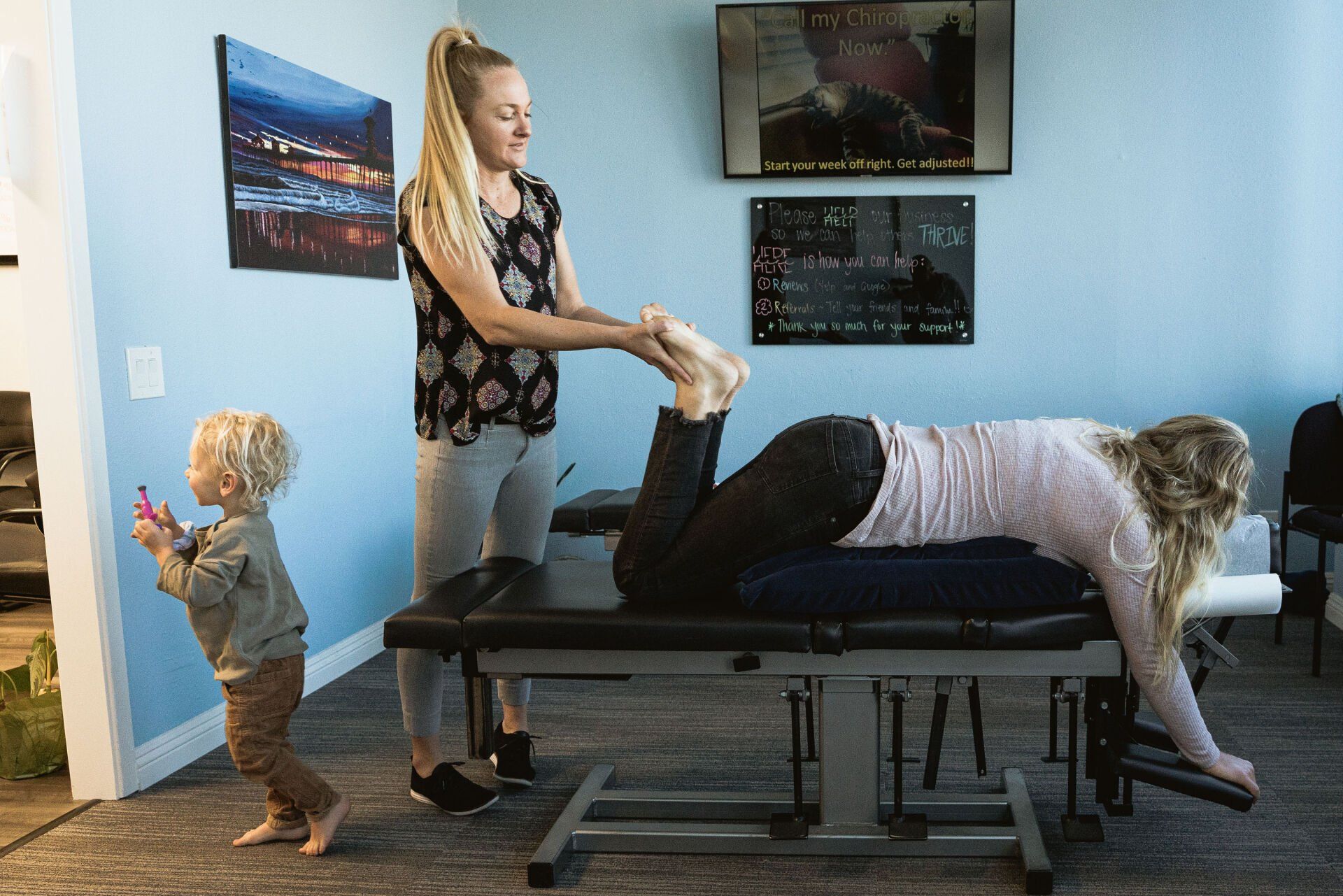Encourage "Big Play" in your kids!
A lot of parents are wondering why their kids won't listen, sit still, or stop moving! Are they doing it deliberately? Do they need their hearing checked? What is wrong with kids these days?
As brain based chiropractors, we obsess over how children develop proper body/brain relationships and coordination. What does movement have to do with development of the brain? Everything! It turns out, our children's ability to learn, concentrate, and listen to directions is attributed to the levels of daily movement they get. Why? Because without big movement, kids can't properly develop their proprioceptive and vestibular senses, which are vital to concentration and learning. Most children in westernized cultures are deprived of adequate time for big motor play and discouraged from taking risks.
When we don't allow children to climb, swing, and jump and run about on uneven surfaces (such as rocks, sand, grass), we prevent them from learning about their own bodies. Unless their proprioception and vestibular systems can mature, their own bodies can become a distraction. They can't focus in a classroom, sit still at the dinner table, or stop jumping on grandma's couch - all because their bodies are too distracting.
The Proprioceptive and Vestibular Systems
Proprioception is what tells you where your body is, without you having to look at each body part. For example, typing on a screen or moving your foot from the gas pedal to the break pedal.
Improperly developed propriception can lead to children being extra rough with their friends without realizing it. Or it's often seen with kids who trip more often than their peers. Do you have a child who constantly wriggles at their desk and falls out of their seat? It could be related to proprioception issues.
Vestibular sense is located within the inner ear; it's responsible for balance, and knowing how your body is in motion. It works in tandem with proprioception.
A very powerful tool to help children develop these systems is chiropractic! As pediatric specialist chiropractors, we know how vitally important these systems are to mature in the young years. With chiropractic, the brain and body get reconnected at the deepest level. With every adjustment, the brain is stimulated and therefore the proprioceptive and vestibular senses are amplified. We see kids make leaps and bounds in their coordination and ability to concentrate after a few chiropractic adjustments.
Why is big play important?
It helps children learn how their bodies move, how gravity works, and how to take appropriate risks. The human body is truly amazing. When a child has an underdeveloped proprioceptive or vestibular sense, the urge to move is even greater! The developing body knows what it needs: more movement. The child who seems to be bouncing off the walls isn't trying to drive you crazy; their body is insisting on getting the movement it requires.
The best time to develop these senses is within the first 6 years of life. Children who don't get enough big movement during that time are less likely to be able to listen and focus, because they're distracted by their own bodies. For them, getting dressed might involve feeling the seams of their clothing in an intense way. Sitting down to do homework can feel torturous because they're unable to focus while their body is squirming in a chair. As our screen time increases at home and at school for our children, there also seems to be an increase in ADD/ADHD type behaviors. Instead of prescribing drugs to dampen their experience, we should be prescribing more time for movement!
Getting Enough Big Motor Play
Because of the childhood obesity epidemic, many public school service campaigns have surfaced. A popular one recommends a minimum of 60 minutes of big motor play per day. Although any movement is better than none, experts recommend quite a bit more.
Here's what pediatric occupational therapist Angela J. Hanscom suggests for optimal development:
- Infants should have at least 90 minutes of tummy time per day
- Toddlers should have 5-8 hours of big play (preferably outdoors)
- Preschoolers also need 5-8 hours (as much outside as possible)
- Elementary age children should have 4-5 hours of physical activity
- Adolescents need 3-4 hours of physical activity per day
Big movement is vital to our children's developing bodies. If we want our children to be able to focus, do well in school, and listen to us, we must help them meet their bodies need for physical movement.
Even if we can't fit 5 hours in, do your best to give them as much activity as possible. Sometimes adapting your rules can help. If a three hour trip to the park isn't possible, perhaps allow children to slide down the stair rail, or jump on and off the couch to get that extra movement in. If you're living somewhere where outdoor play is tough (like snowy winters), consider getting a small indoor trampoline or indoor swing to help them get that necessary physical activity, regardless of weather.
Activities That Help:
It doesn't have to be too daunting to get some basic movement in, even without a large space. Children will naturally seek out the sensory input they need. Even so, our sedentary lifestyles and screen time can interfere with children taking the opportunity to listen to their bodies needs. Here are some basic movements that don't take up much space!
- Twirling
- Rolling/somersaults/jumping up and down
- Pushing/Pulling toys, wagons, ropes
- Dancing
- Walking backward
- Balancing on 1 leg
- Building a fort
- Circling both arms (in all directions and opposite directions)
- Running in place
- Jump rope
When in doubt, simply provide them a space to move. Don't be too afraid of them taking some age-appropriate risk. Allow them to swing, climb, swim, roller skate, and play with others. A bump or bruise in toddlerhood is very well worth it, if it makes for an easier time in school in later years.
